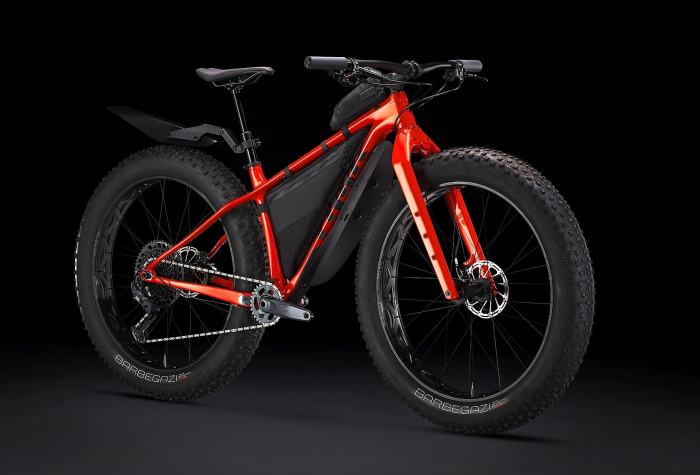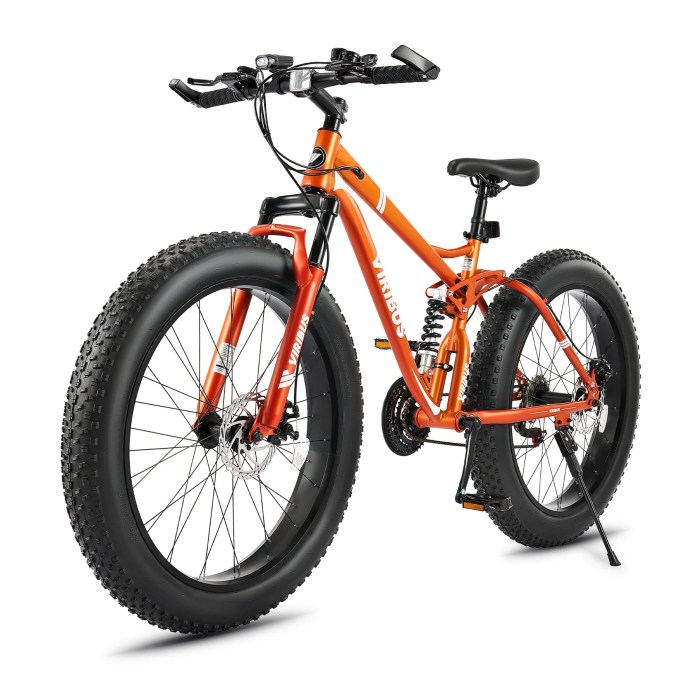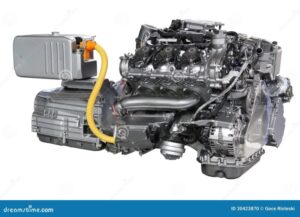
Bike fit optimization is a crucial aspect of cycling that greatly impacts a rider’s performance and comfort. When a bike is properly fitted, it not only enhances efficiency but also significantly reduces the risk of injuries associated with improper posture and alignment. Each rider is unique, and understanding the nuances of bike fit can transform your cycling experience, leading to better rides and improved results.
From saddle height to frame size, the importance of each adjustment cannot be overstated. Common issues such as knee pain or back strain often stem from an incorrect fit, emphasizing the need for tailored solutions. Whether you’re a casual cyclist or a professional racer, optimizing your bike fit can make a world of difference.
Importance of Bike Fit Optimization

Proper bike fit is crucial for any cyclist looking to enhance their performance and minimize the risk of injuries. When a bike is tailored to fit the specific dimensions and biomechanical needs of a rider, it can lead to improved power transfer, better handling, and an overall more enjoyable cycling experience. On the other hand, a poorly fitted bike can cause discomfort, fatigue, and long-term physical issues.Bike fit optimization significantly impacts cycling efficiency and comfort.
A well-fitted bike allows for optimal body positioning, which can lead to less energy expenditure and greater endurance over long rides. Additionally, when a cyclist is comfortable on their bike, they’re more likely to ride longer and more frequently, thus reaping the full benefits of cycling as a form of exercise and transportation.
Common Bike Fit Issues and Their Solutions
Identifying common bike fit issues is essential for improving both performance and comfort. Here are some prevalent problems along with their recommended solutions:
- Seat Height: An incorrect seat height can lead to knee pain or inefficient pedaling.
Raising the saddle allows for a full range of motion, ensuring optimal power transfer during pedaling.
Adjust the seat so that your leg has a slight bend at the bottom of the pedal stroke.
- Seat Position: The fore-aft position of the saddle affects both comfort and power output.
When positioned correctly, the front of the kneecap should align with the pedal spindle when the pedals are horizontal.
Experiment with moving the saddle forwards or backwards to find a comfortable position.
- Handlebar Height: Handlebar height can influence back and neck strain.
Higher handlebars provide a more upright position, which can relieve pressure on the lower back.
Adjust the handlebar height to maintain a comfortable grip without overextending your back.
- Cleat Position: Improperly positioned cleats can lead to foot pain and poor pedal stroke efficiency.
Cleats should be positioned to allow the foot to sit naturally on the pedal.
Adjust the cleats so that the ball of the foot is over the pedal axle for optimal performance.
These adjustments not only enhance performance but also help in preventing injuries, thereby enabling cyclists to enjoy their rides more fully. Proper bike fit is not merely a luxury; it is a necessity for anyone serious about cycling.
Techniques for Achieving Ideal Bike Fit
Achieving the perfect bike fit is essential for optimal performance and comfort during rides. It involves making precise adjustments and understanding the nuances of your body in relation to the bike. By using various fitting methods and key measurements, cyclists can significantly enhance their riding experience.Understanding the key measurements and adjustments required for a perfect bike fit is crucial. The most critical aspects to consider involve the following parameters:
- Frame Size: Selecting the correct frame size is foundational. Proper frame size ensures appropriate reach and control.
- Saddle Height: This adjustment affects leg extension and pedaling efficiency. A common method for measurement is the inseam multiplied by 0.883.
- Saddle Position: Forward or backward saddle positioning influences weight distribution. A general guideline is to have the knee aligned over the pedal spindle when the crank is in a horizontal position.
- Handlebar Height: This can influence comfort and aerodynamics. A higher handlebar position may be more comfortable, while a lower one may increase speed.
- Crank Length: Crank length should correspond to leg length. Generally, longer legs benefit from longer cranks, while shorter legs do better with shorter cranks.
Fitting Methods
There are various fitting methods available to cyclists, each providing unique benefits. The choice of fitting method can depend on personal preferences, riding style, and specific goals.
- Static Fitting: This method involves taking measurements while the cyclist is stationary. It helps to establish a baseline fit based on physical characteristics.
- Dynamic Fitting: In contrast to static fitting, dynamic fitting occurs while the cyclist is pedaling. This method provides a real-time assessment of how body movements interact with the bike.
- Video Analysis: Utilizing video technology, fitters can capture the cyclist’s movements on the bike. This allows for detailed analysis of pedal strokes and posture, highlighting areas needing adjustment.
- 3D Motion Capture: This advanced method employs sensors that track body movement in three dimensions. It provides comprehensive data, leading to precise fitting adjustments.
Role of Professional Bike Fitters
Professional bike fitters play a crucial role in the optimization process by employing specialized tools and techniques to achieve the best fit. Their expertise ensures that cyclists can maximize comfort and performance while minimizing the risk of injury.Professional fitters use an array of tools, including:
- Laser Measurement Tools: These tools help in accurately assessing bike and body angles.
- Pressure Mapping Systems: These devices analyze saddle pressure points, assisting in saddle selection and positioning.
- Adjustable Fitting Systems: Many fitters use adjustable setups that allow for real-time modifications during the fitting process.
By leveraging their knowledge and tools, professional bike fitters can tailor the bike to the individual needs of each cyclist, leading to significant improvements in riding efficiency and enjoyment.
Bike Fit Optimization in Relation to Other Sports

Bike fit optimization is a crucial aspect of performance in various sports, particularly in cycling, but its importance extends into other athletic disciplines as well. While running and swimming emphasize different physical mechanics, the principles of fit and adjustment can significantly impact performance and injury prevention in any sport. Understanding the relationship between bike fit and other sports can help athletes maximize their potential, regardless of their primary discipline.
Comparative Importance of Bike Fit in Cycling and Other Sports
In sport cycling, a precise bike fit is fundamental to achieving optimal performance. Unlike running or swimming, where the body’s mechanics primarily rely on natural movement patterns, cycling requires a specific alignment to ensure efficiency and power transfer. A well-fitted bike can help cyclists maintain a more aerodynamic position, enhance comfort over long distances, and prevent injuries caused by poor posture.
In contrast, running focuses on biomechanics like stride length and foot placement, while swimming emphasizes stroke mechanics and body position in the water. Despite these differences, the underlying principle remains: proper fit and alignment are essential for efficiency and injury prevention across all sports.
Application of Bike Fit Principles in Motorsports and Strength Sports
The principles of bike fit are not exclusive to cycling; they can also be seen in motorsports and strength sports. In motorsports, the driver’s position in the vehicle is crucial for control and responsiveness. Just like cyclists adjust their saddle height and handlebar position for optimal reach and power, drivers must adjust their seating and steering wheel settings to maximize comfort and performance.In strength sports, such as weightlifting, the athlete’s positioning greatly influences their ability to lift effectively and safely.
Proper stance, grip width, and body alignment are vital for maximizing force output and minimizing the risk of injury. These parallels highlight how understanding fit and optimization can enhance performance across a wide range of athletic disciplines.
Relevance of Bike Fit Optimization for Track and Field and Team Sports
Bike fit optimization also holds relevance for athletes involved in track and field events and team sports. For track athletes, particularly sprinters and distance runners, optimizing biomechanics through proper alignment can lead to improved performance metrics. For example, adjusting running shoes to suit individual foot mechanics can help in achieving better speed and reducing injury risks.In team sports, particularly those that involve explosive movements like soccer or basketball, athletes can benefit from bike fit principles through strength conditioning.
For instance, enhancing core strength and flexibility can lead to improved overall performance in sprinting and jumping activities. Furthermore, team athletes can use cycling as a cross-training tool to enhance cardiovascular endurance, making bike fit optimization a valuable consideration even outside of competitive cycling.
Final Wrap-Up
To conclude, bike fit optimization is not just about comfort; it’s a vital element for enhancing athletic performance across various sports. By understanding the intricacies of bike fitting techniques and seeking professional guidance, cyclists can ensure they are riding at their best. Whether you’re tackling a long-distance ride or a competitive race, proper bike fit will help you achieve your goals while enjoying the ride.
Frequently Asked Questions
What are the signs that my bike fit needs adjustment?
Common signs include discomfort or pain while riding, fatigue during rides, and difficulty maintaining a straight line.
How often should I get my bike fit checked?
It’s recommended to have your bike fit evaluated at least once a year or after any significant changes in your riding style or body.
Can I perform bike fit adjustments myself?
While some adjustments can be made at home, it’s best to consult a professional for a comprehensive fit to ensure optimal results.
What is dynamic fitting?
Dynamic fitting involves adjustments made while you’re on the bike, allowing for real-time analysis of your position and comfort.
Does bike fit optimization benefit non-competitive cyclists?
Absolutely! Proper bike fit can enhance comfort, reduce fatigue, and make cycling more enjoyable for riders of all levels.





